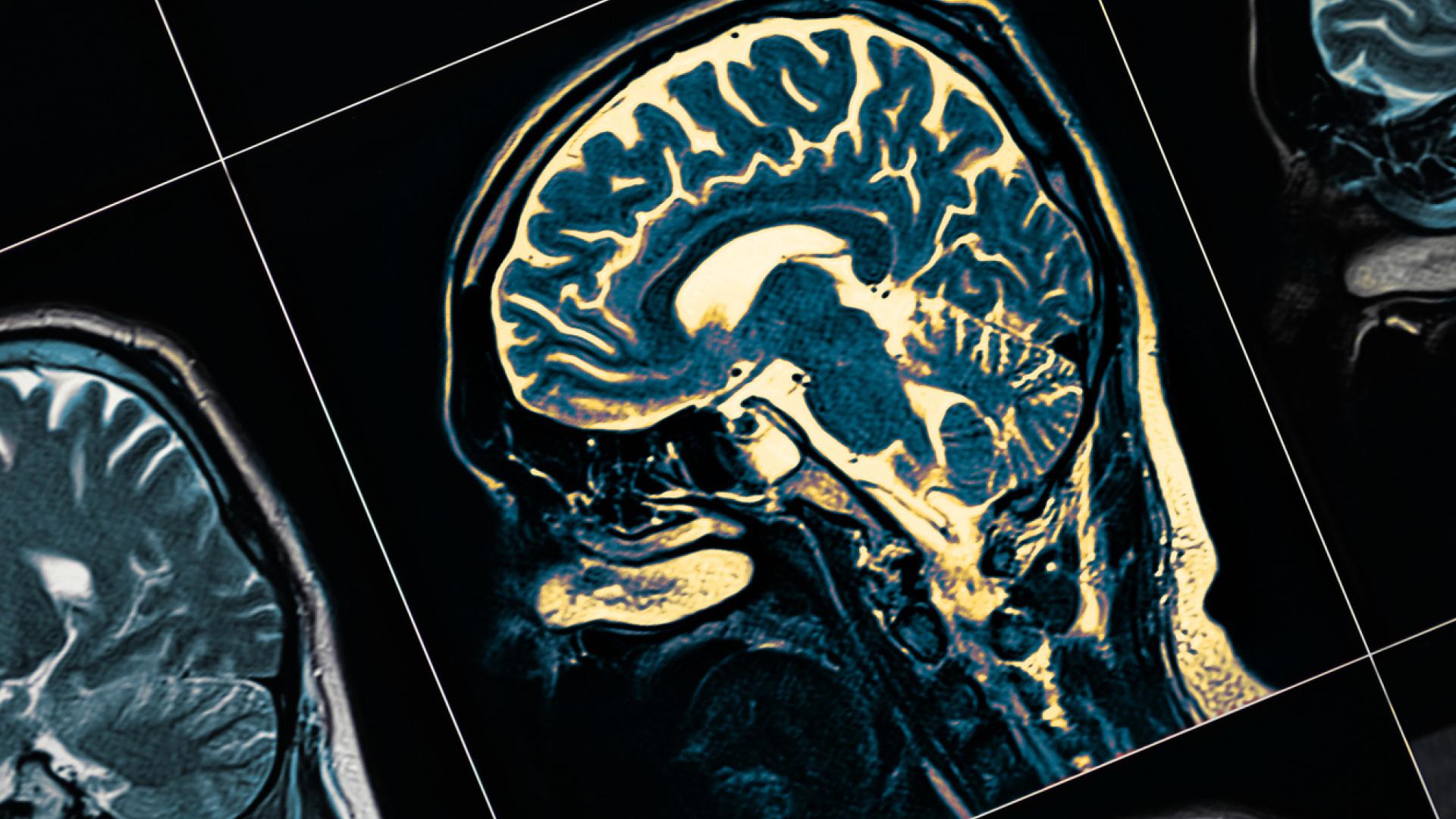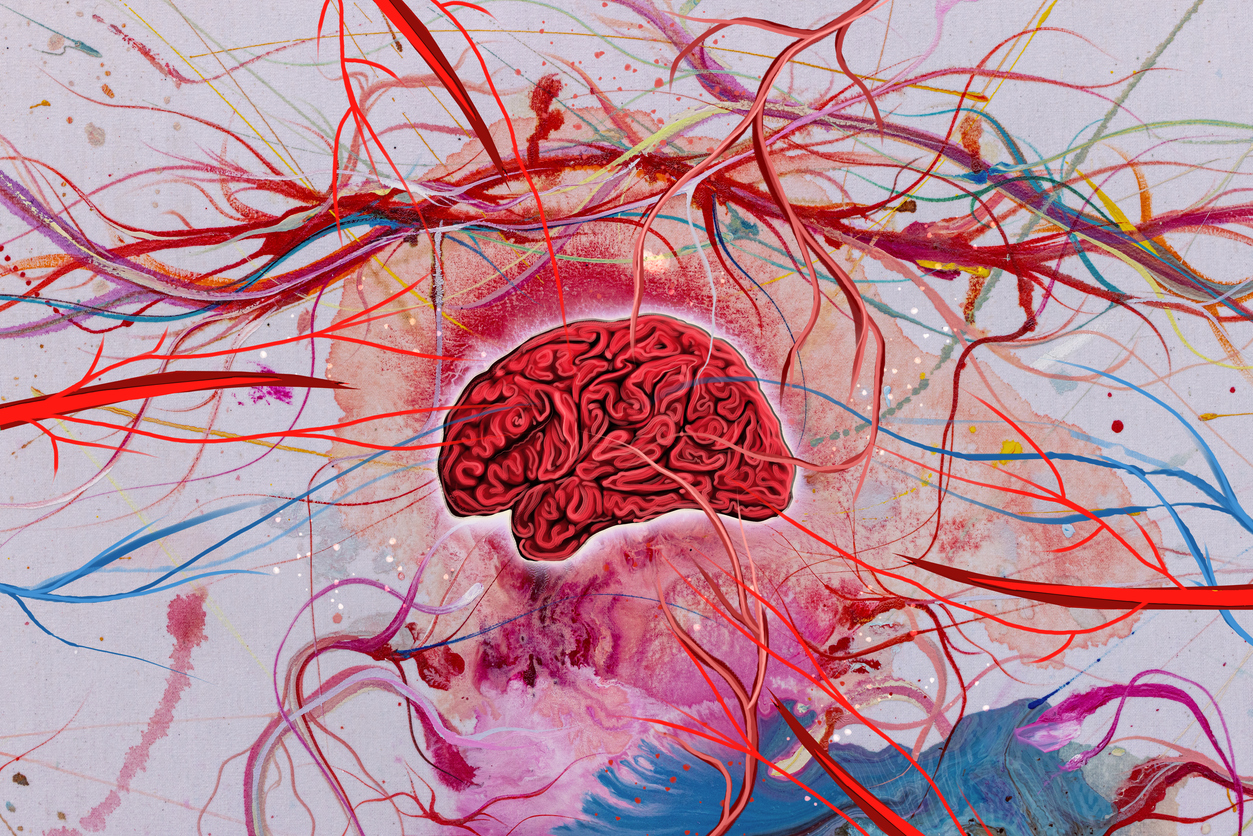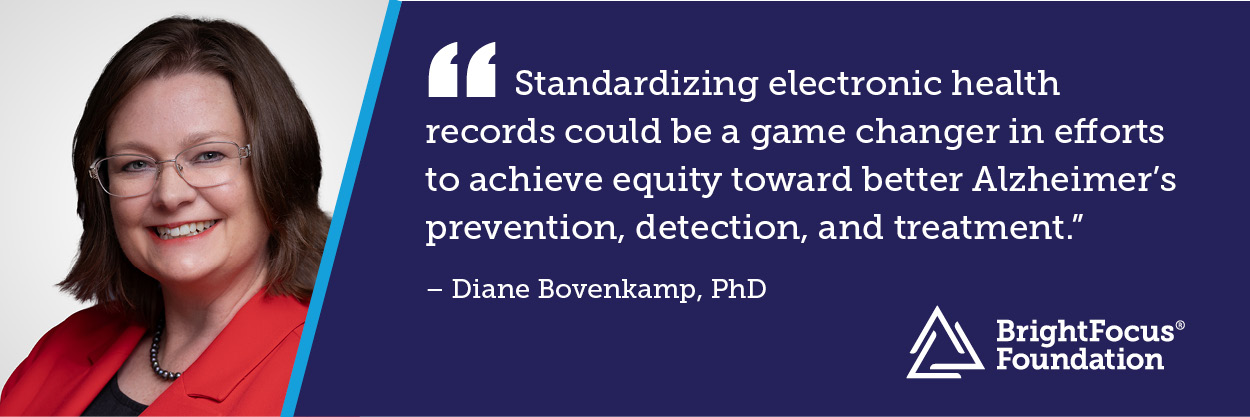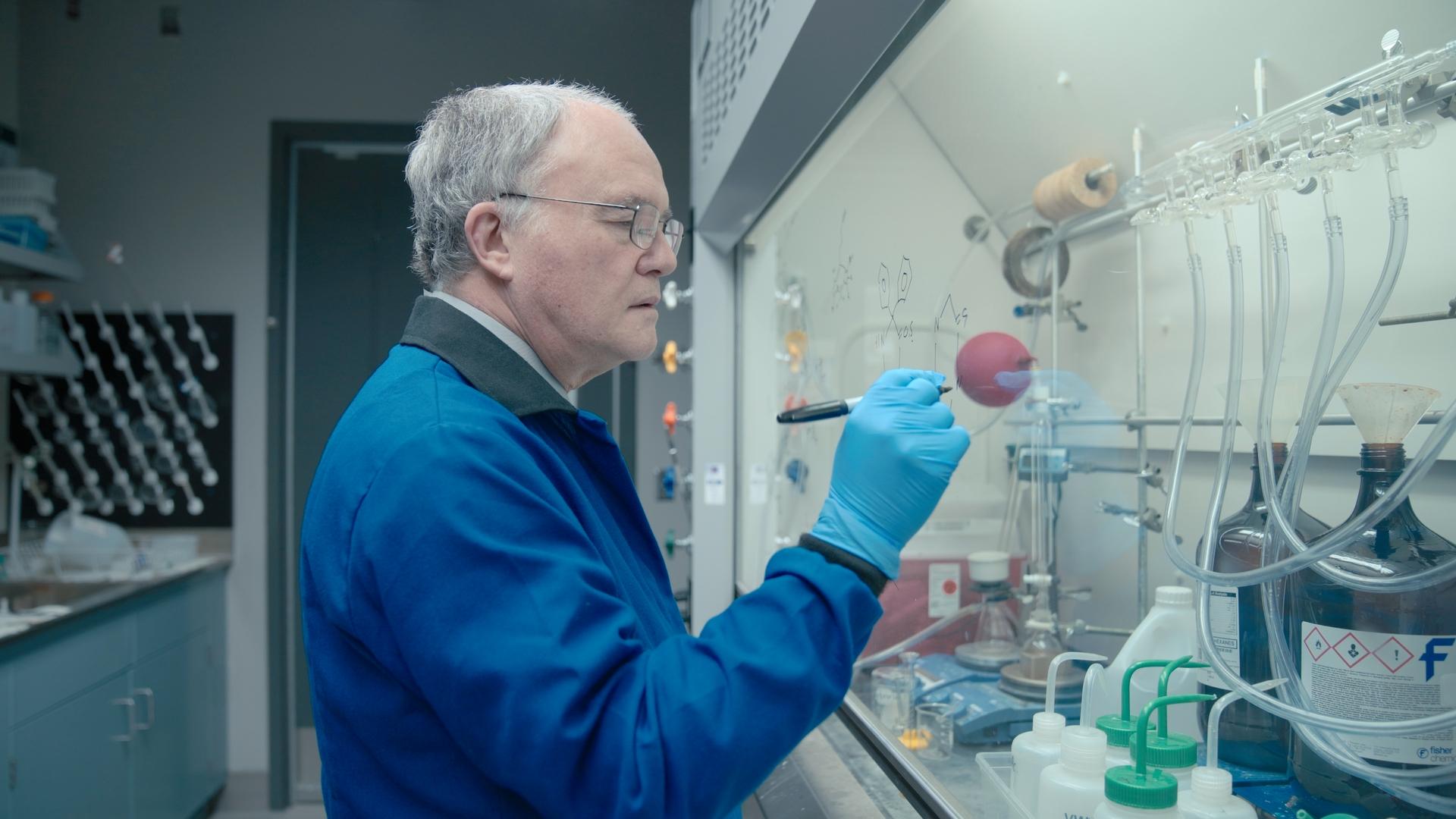
Last year saw breakthroughs for Alzheimer’s disease treatments. For the first time, people living with the disease now have access to disease-modifying therapies that clear amyloid from the brain. The earlier we can detect and treat Alzheimer’s, the greater chance we have to slow disease progression and better manage symptoms.
That’s why researchers are aiming to create tools to enable earlier disease detection and treatment, decades before any symptoms appear. This will require more sensitive diagnostic measures that can detect Alzheimer’s changes earlier and distinguish between Alzheimer’s and other neurodegenerative diseases that can lead to dementia, such as Lewy Body dementia or frontotemporal dementia.
“Our funding approach is to leave no stone unturned when investigating this devastating disease. Alzheimer’s Disease Research grantees are working tirelessly to develop novel diagnostics and interventions to move the needle forward toward finding a cure,” said Diane Bovenkamp, PhD, Vice President, Scientific Affairs at BrightFocus Foundation.
Below, read about a few projects funded by Alzheimer’s Disease Research, a BrightFocus Foundation program, working toward earlier and more accurate diagnosis of Alzheimer’s disease.
Advancing Alzheimer’s Blood Tests

Alzheimer’s Disease Research provided early support for the first-ever blood test to detect amyloid and tau changes in the brain. Now, the program is funding the development of additional blood tests and diagnostic tools for detection. Recognizing that the blood contains numerous circulating proteins, it is important to ensure that detected proteins are derived from the brain. That’s why grantee Thomas Karikari, PhD, developed a blood test that measures brain-derived tau, which is tau protein coming from the brain. This will more definitively track the role of tau in disease progression and broaden access to diagnostic testing to traditionally underserved populations.

More novel diagnostics are focusing on other elements in the blood. Small fragments of DNA or RNA that exist outside our cells, often called “cell free”, are used as a disease biomarker in the cancer field. These appear when dying cells release their components into the surrounding fluids, and these can then be detected in blood. With Alzheimer’s Disease Research funding, Laura Ibanez, PhD, and colleagues have developed an affordable, scalable, and specific blood test that identifies genetic changes related to Alzheimer’s pathology. Using cell free RNA, they are building models that that accurately and selectively predict Alzheimer’s before the onset of symptoms.

Similar work is being conducted by grantee Yuval Dor, PhD, who is taking his studies a step further by determining the tissue source of the cell-free DNA found in the blood. This will result in a test that detects changes in specific types of brain cells, immune cells, and vascular cells – all biological systems that can contribute to Alzheimer’s.
Developing Imaging Tools for Early Alzheimer’s Detection
Further along in the pipeline is a study in collaboration with the Foundation for the National Institutes of Health, among other funders and multiple academic institutions, to develop a novel biomarker tracer for early diagnostic brain scans (PET). This biomarker tracer measures the loss of connections between brain cells called synapses. The loss of synapses is one of the earliest biological consequences of Alzheimer’s—and the disease characteristic most associated with cognitive function. Ultimately, this tracer will be used in the clinic as an early diagnostic tool for Alzheimer’s.
Looking Outside the Box for Signs of Alzheimer’s

Alzheimer’s Disease Research supports innovative, unconventional research projects that approach the disease from different angles. For example, perhaps behavioral biomarkers are better at detecting Alzheimer’s than physiological measures. A very early symptom of Alzheimer’s is the inability to recognize familiar environments. Grantee Ganesh Babulal, MSCI, OTD, PhD, and team have shown that amyloid in the brain is more associated with driving errors than other neurological cognitive assessments. Using driving patterns as an early biomarker of Alzheimer’s, Dr. Babulal and team can predict preclinical Alzheimer’s using GPS monitoring of driving behaviors.
Altered Brain Networks May Predict Future Disease (and Help Treat It!)

Perhaps biological signs of Alzheimer’s in the brain are apparent even earlier in life than expected. The brain contains many different cell types but is also organized hierarchically into different regions that communicate within and between one another. These brain networks work together in stereotypical patterns from a small circuit to a full computer-like processor. Our brains are electrical networks that use electricity to communicate. Grantee Keith Hengen, PhD, and colleagues are investigating how alterations in normal patterns of brain activity change in the presence of toxic proteins and how these changes can be used as an early life predictor of future disease.
A similar network-based approach is being used by Ariel Gilad, PhD, to identify brain-wide network dysfunction that may underlie Alzheimer’s and to identify regions that can be targeted using deep brain stimulation. Invasive brain surgery is generally not recommended for people with Alzheimer’s, so grantees Alvaro Pascual-Leone, MD, PhD, and Brad Manor, PhD are developing non-invasive stimulation protocols. Transcranial Magnetic Stimulation (TMS) is FDA approved for the treatment of Major Depressive Disorder and studies have shown that it could be effective for treating Alzheimer’s. The researchers are using a combination of stimulation approaches to try and lessen Alzheimer’s symptoms.

Researchers are also testing blood biomarkers after stimulation to determine if this treatment approach changes disease progression. A recent breakthrough showed that researchers can use electrical interference from the skull to direct the stimulation into deep brain regions. Doing this stimulates deep structures that could never previously be reached non-invasively and are important for learning and memory and Alzheimer’s pathology.
Alzheimer’s Disease Research is currently funding more than $43 million in innovative research studies around the world. This groundbreaking research is made possible thanks to our community of dedicated donors urgently investing in a cure for Alzheimer’s disease. Explore more of our funded research.
About BrightFocus Foundation
BrightFocus Foundation is a premier global nonprofit funder of research to defeat Alzheimer’s, macular degeneration, and glaucoma. Through its flagship research programs — Alzheimer’s Disease Research, Macular Degeneration Research, and National Glaucoma Research— the Foundation has awarded nearly $300 million in groundbreaking research funding over the past 51 years and shares the latest research findings, expert information, and resources to empower the millions impacted by these devastating diseases. Learn more at brightfocus.org.
Disclaimer: The information provided here is a public service of BrightFocus Foundation and is not intended to constitute medical advice. Please consult your physician for personalized medical, dietary, and/or exercise advice. Any medications or supplements should only be taken under medical supervision. BrightFocus Foundation does not endorse any medical products or therapies.
- Perspectives
- Research Spotlight










